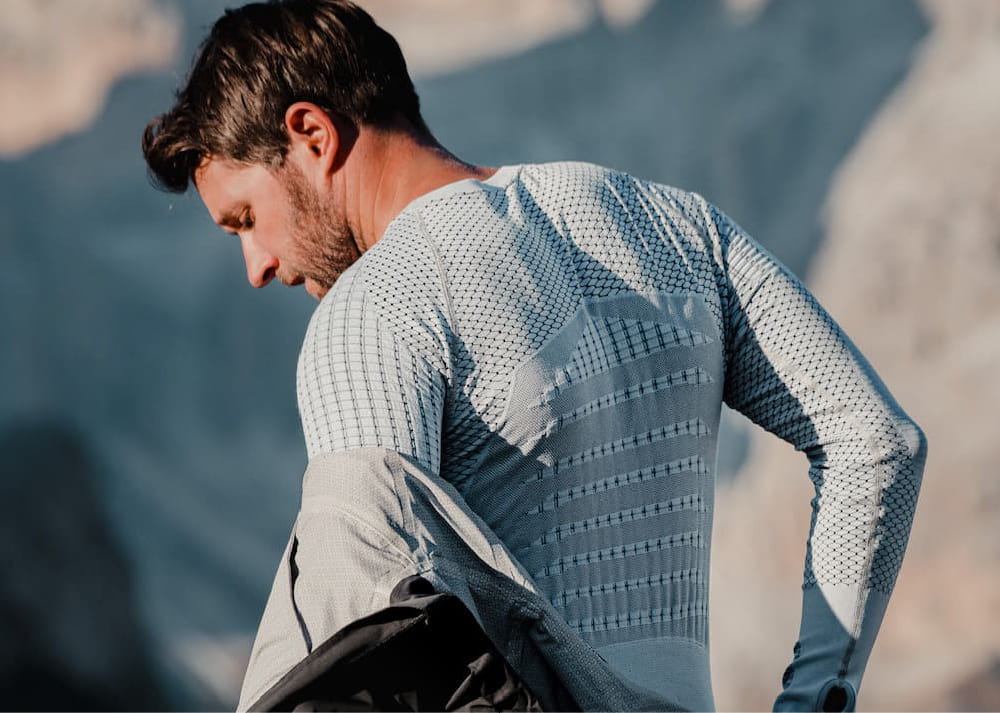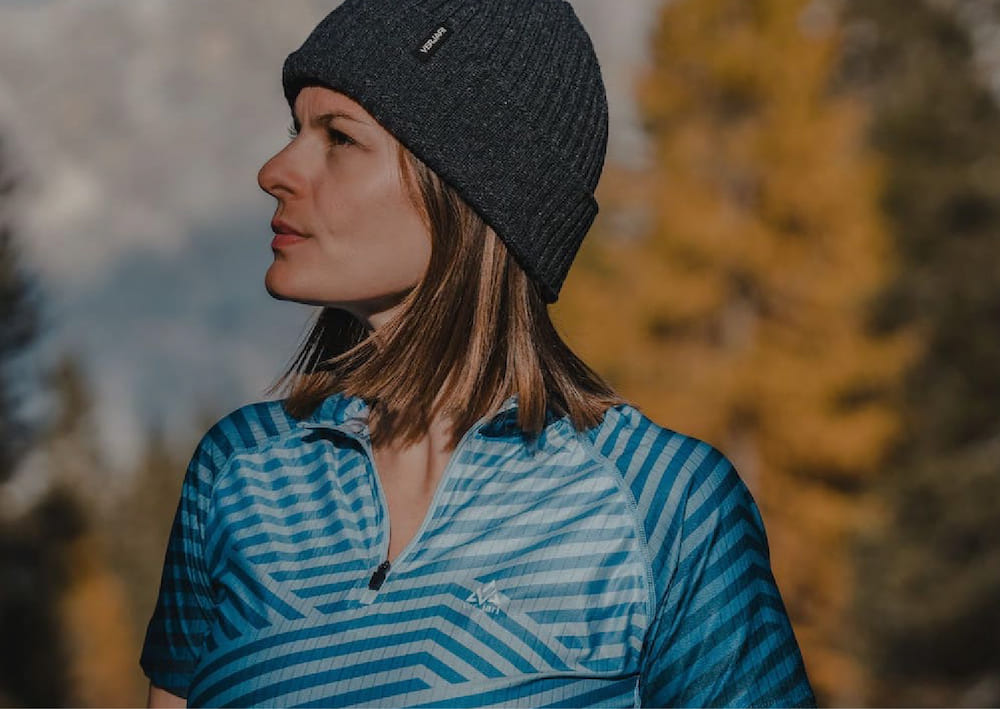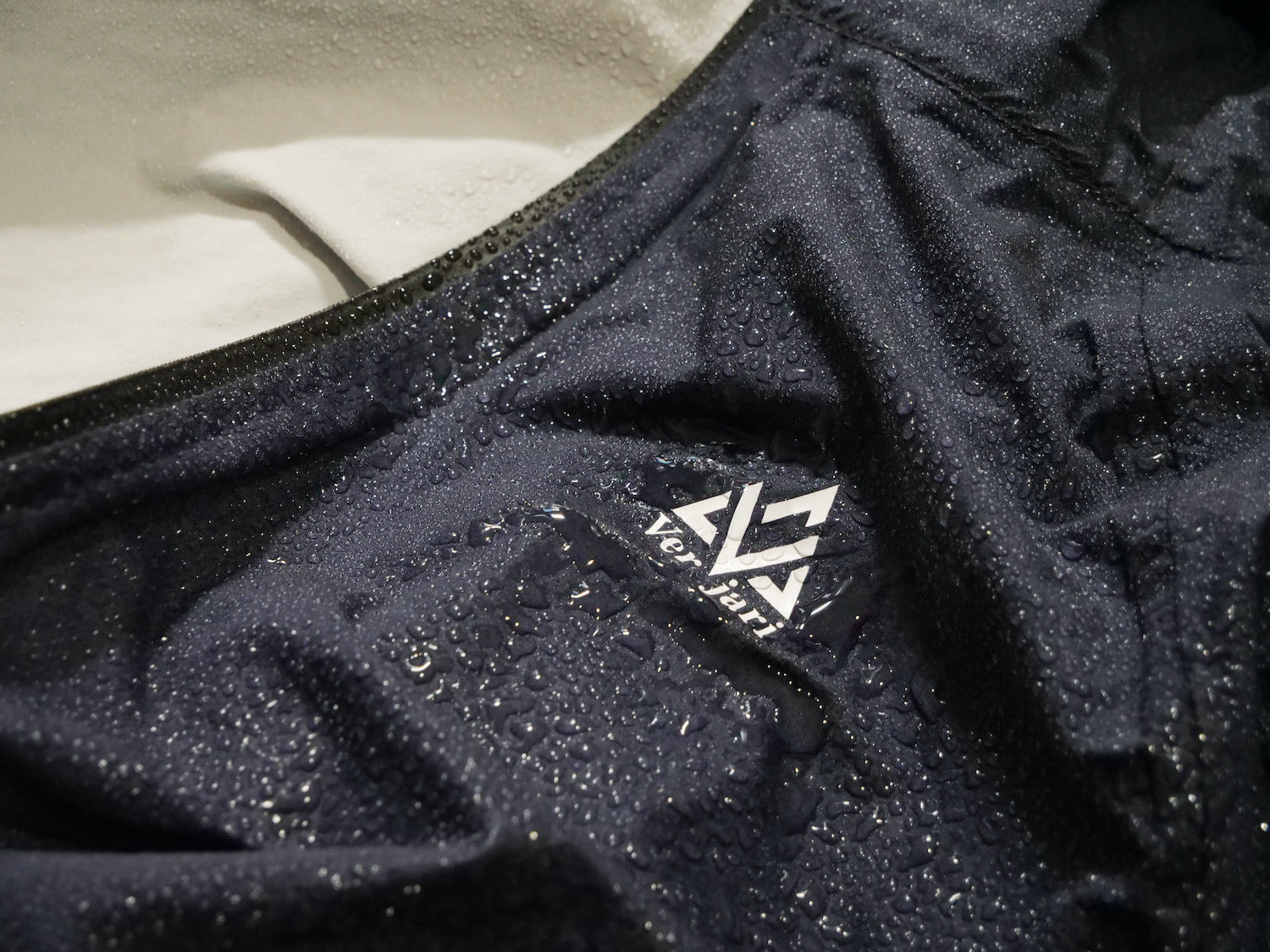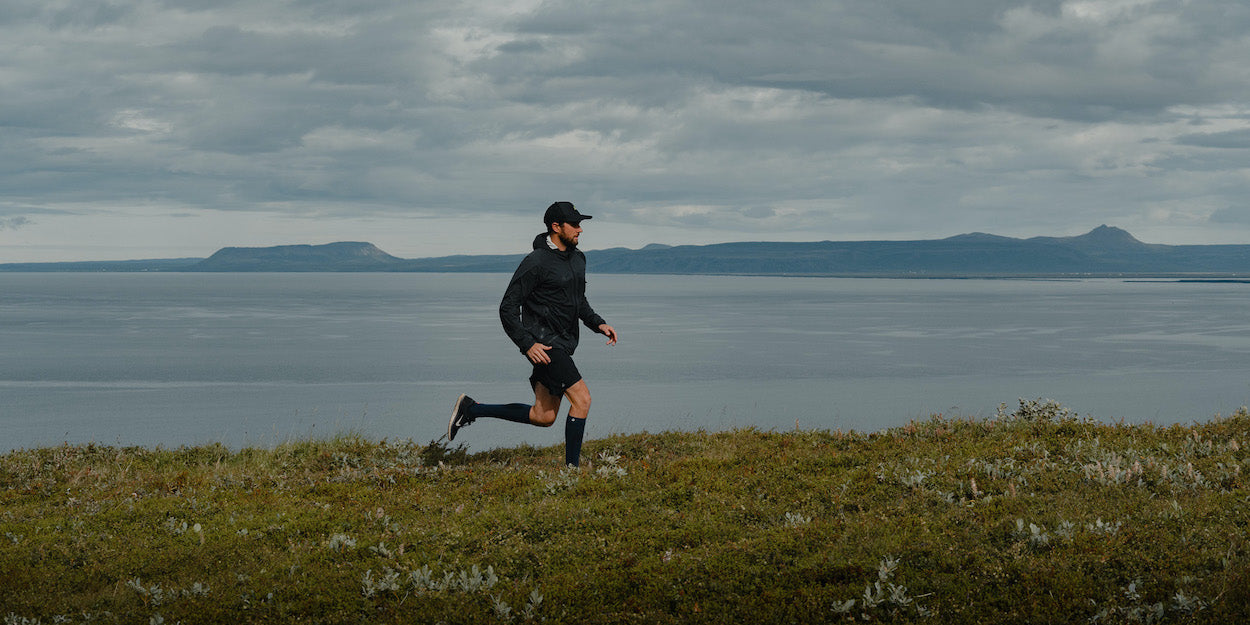A popular activity, hiking is accessible to many. Whether in the mountains, in the forest or on the coasts, it is important to leave equipped in order to face any eventuality. Comfort will also be important when starting your walks.
Clothing
Who says sporting activity, says rigorous equipment. Traditionally, the older generations will exclaim that hiking is done in Bermuda shorts or pants adapted in case of coolness or bad weather. But during the summer months, you are free to wear good sports shorts. The main thing being the same: personal comfort and the absence of friction. From head to toe, it is crucial to use technical and breathable clothing, allowing perspiration to escape. You always have to anticipate changing conditions, especially in the mountains. Having additional clothes for the cold and rain is not an option: the weather can change very quickly and you should be aware of it. Thanks to more and more precise technologies, certain clothes like jackets are made for this type of activity. Both warm for some, foldable in small spaces and suitable for performance and comfort, they are essential for such a practice.
When the sun is set, remember to wear a cap to avoid sunstroke.
Protect your feet
Your legs are the engine of this activity. It is therefore essential to equip them in the best possible way. In the high mountains, choose the traditional high-top hiking shoes that will keep your ankle in place all day long. If you practice trail running, you will logically use shoes designed for this purpose. Much more flexible and lighter, they can also be used for hiking in the forest and by the sea. Thanks to these different models, the compromise between performance and comfort is optimal. Above all, remember to wear your shoes well before taking a long hike to avoid pain and blisters. When "making" your new pairs, don't hesitate to dust your feet with talcum powder or wear breathable socks.
Accessories
While some accessories can be considered gadgets, they can still be important depending on the type of hike being done. The more the level of the latter increases, in terms of retracted environment, duration and height difference, the more substantial equipment will be required. During large trekking or bivouacs, the equipment to spend the night will naturally be mandatory. From sleeping bag to tent, without forgetting the stove and freeze-dried food, basic needs are not to be avoided. When walking in arduous surroundings, it is important to remember to bring a survival blanket. A compass and a whistle may be needed if you take a wrong path.
For many, the use of poles can be of fundamental help. Especially when the flat gives way to steep climbs or descents. By controlling his support, the hiker will gain in comfort and the efforts produced will turn out to be less important.
Naturally, remember to take something to hydrate you and beyond the snack slipped in the bag, to take food that prevents hypoglycemia. When hiking, you sweat a lot and lose many nutrients from your mineral salts. Cereal bars and other dried fruits are then your allies to avoid cravings!
Finally, to carry it all, choose an ergonomic backpack that adapts to the shape of your back and distributes the weight properly on your shoulders.







